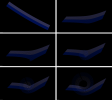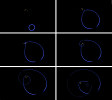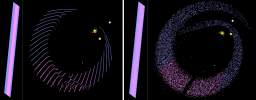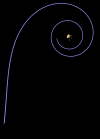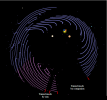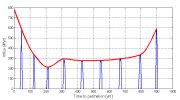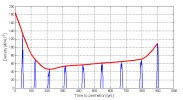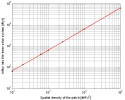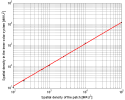Just a thought.
If things reflect each other like the stock market reflects the need to deflect public attention, then perhaps that line from the session on May 17, 2014 is a guide? Seems April as a 'drop dead date' has always been a popular line with these C's, even if not used in that particular reference, and 'eleven months' was the term of choice. IMO, the market should play dead before April, if the charts are aligned like the stars, anything too far out of the ecliptic, soon corrects itself to maintain balance, same as the planets in a star system or stars in a galactic system, no? If this April date isn't correct, then perhaps it's just another example of hyperdimensional teasing of the channel? ;D but then the markets are known for their penchant for 'dead cat bounces', which help to keep the game going even as the ship is sinking.... 'good till the last drop'.... of distraction that is.... 'as in the days of Neo'... they never see it coming, hiding in plain sight.
If things reflect each other like the stock market reflects the need to deflect public attention, then perhaps that line from the session on May 17, 2014 is a guide? Seems April as a 'drop dead date' has always been a popular line with these C's, even if not used in that particular reference, and 'eleven months' was the term of choice. IMO, the market should play dead before April, if the charts are aligned like the stars, anything too far out of the ecliptic, soon corrects itself to maintain balance, same as the planets in a star system or stars in a galactic system, no? If this April date isn't correct, then perhaps it's just another example of hyperdimensional teasing of the channel? ;D but then the markets are known for their penchant for 'dead cat bounces', which help to keep the game going even as the ship is sinking.... 'good till the last drop'.... of distraction that is.... 'as in the days of Neo'... they never see it coming, hiding in plain sight.

